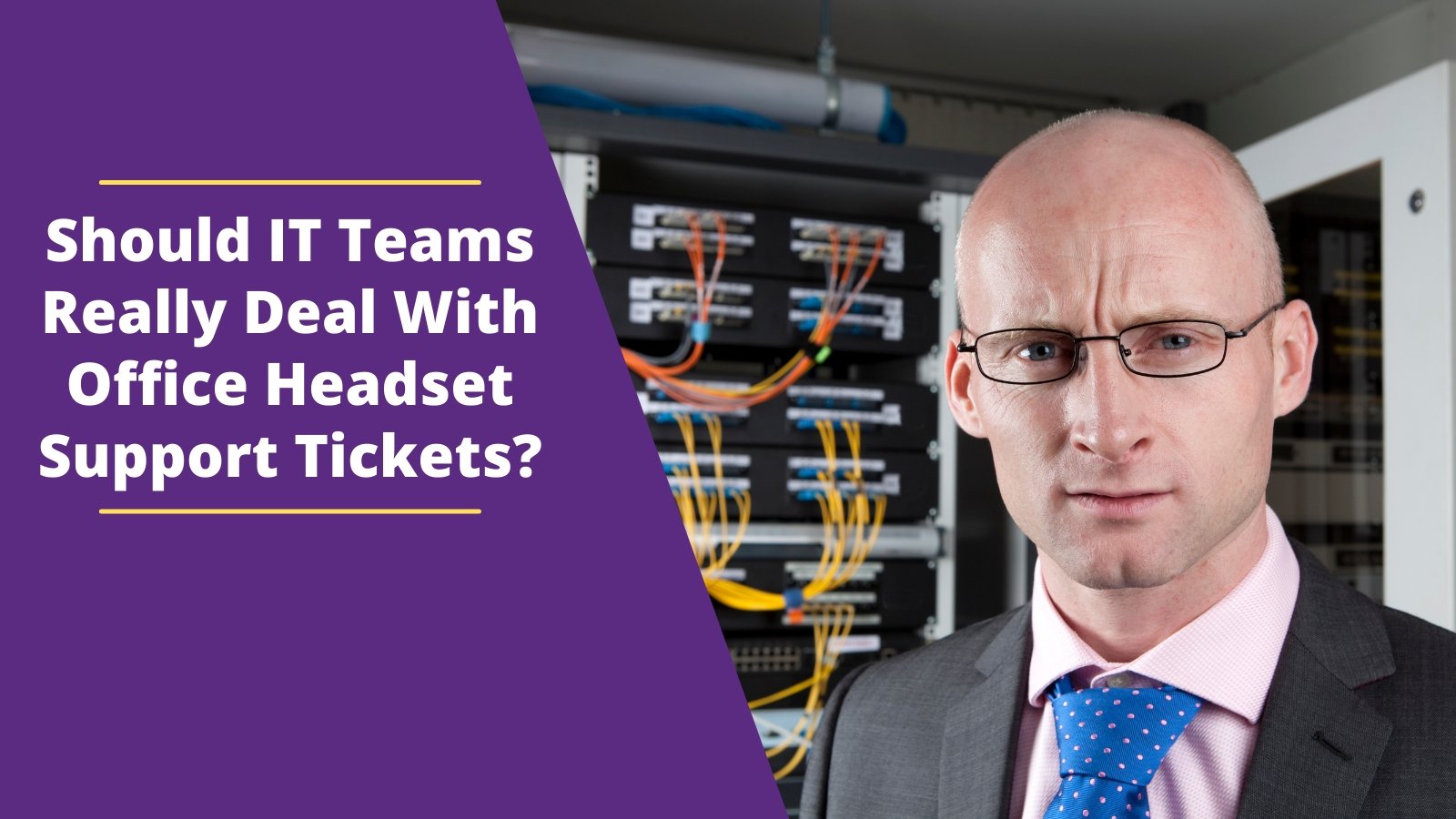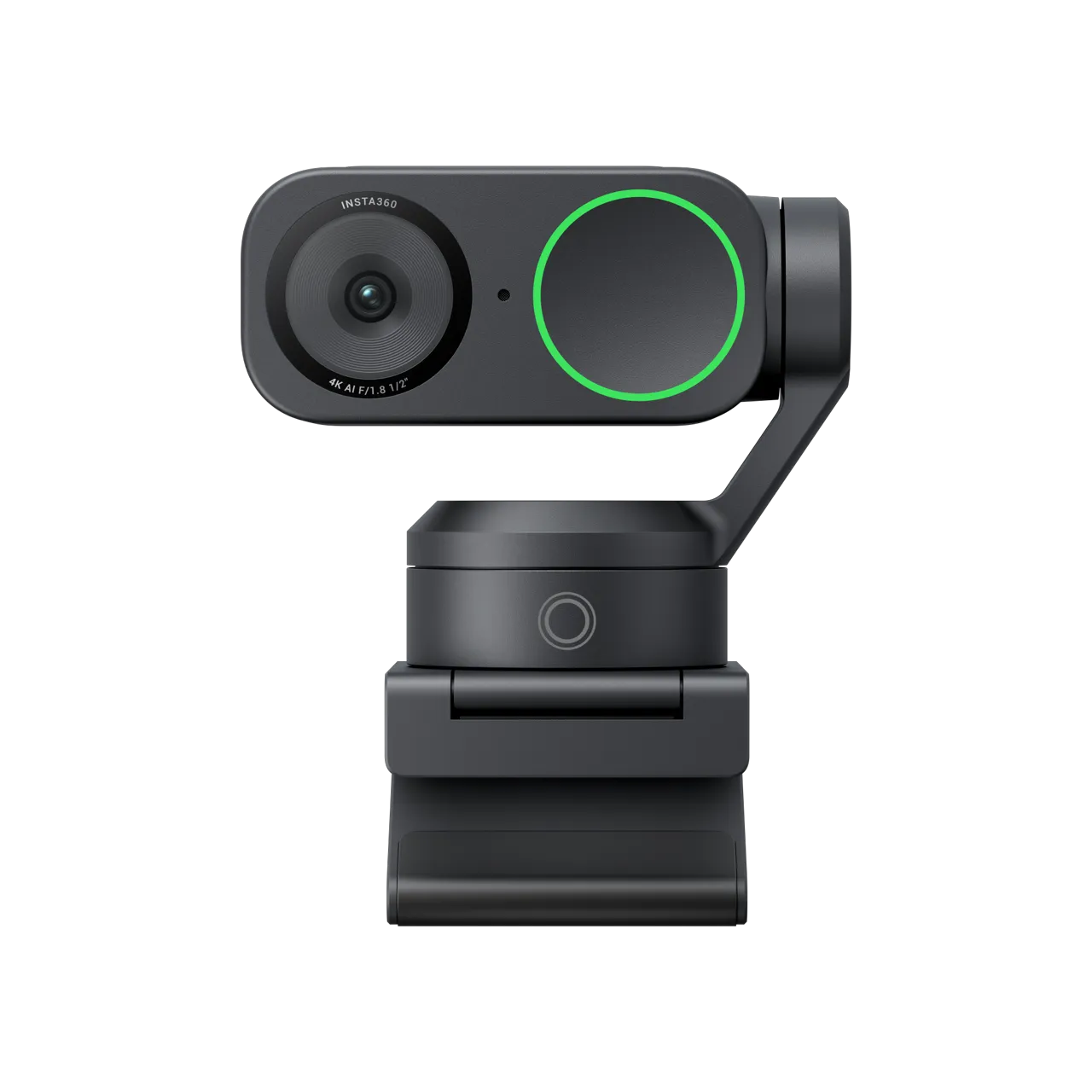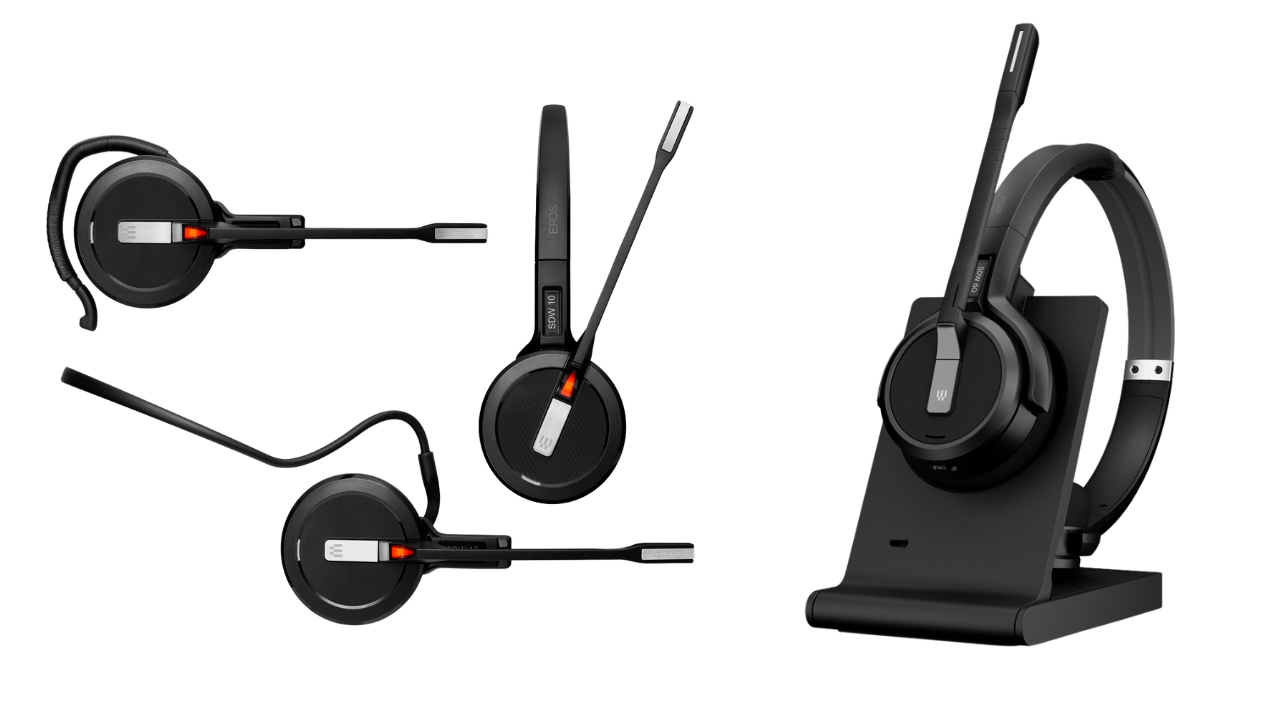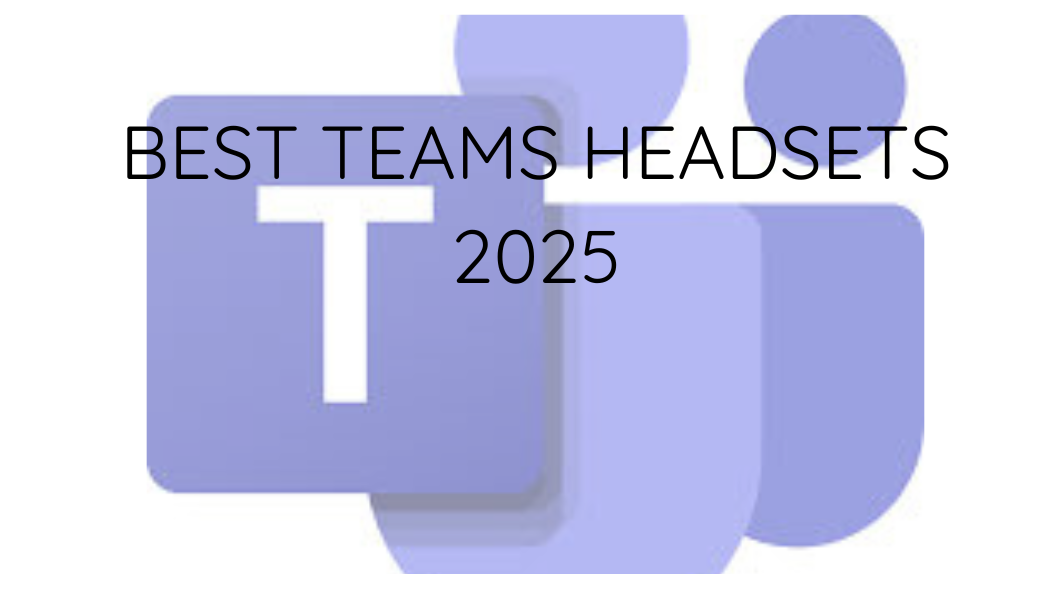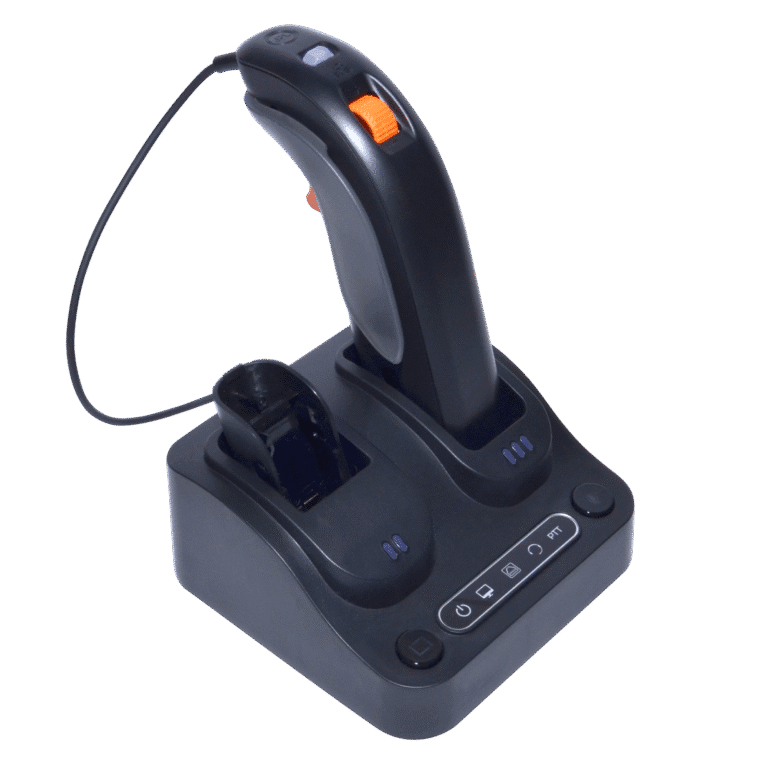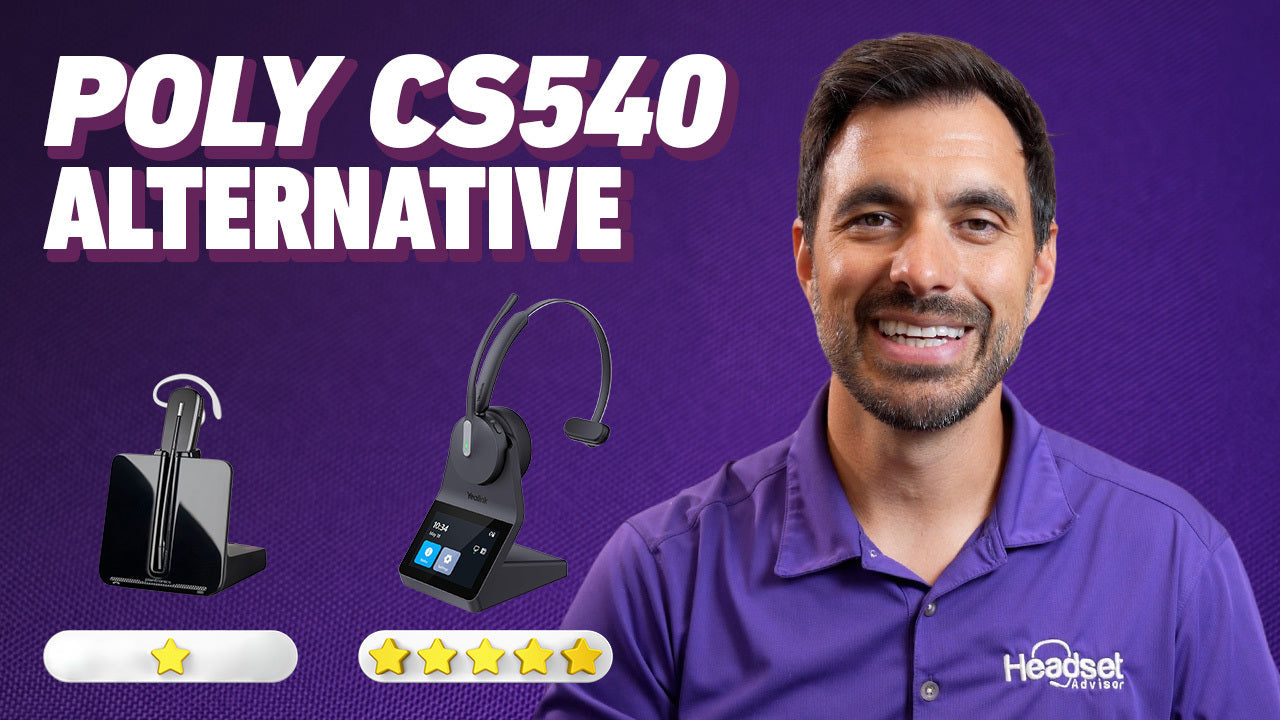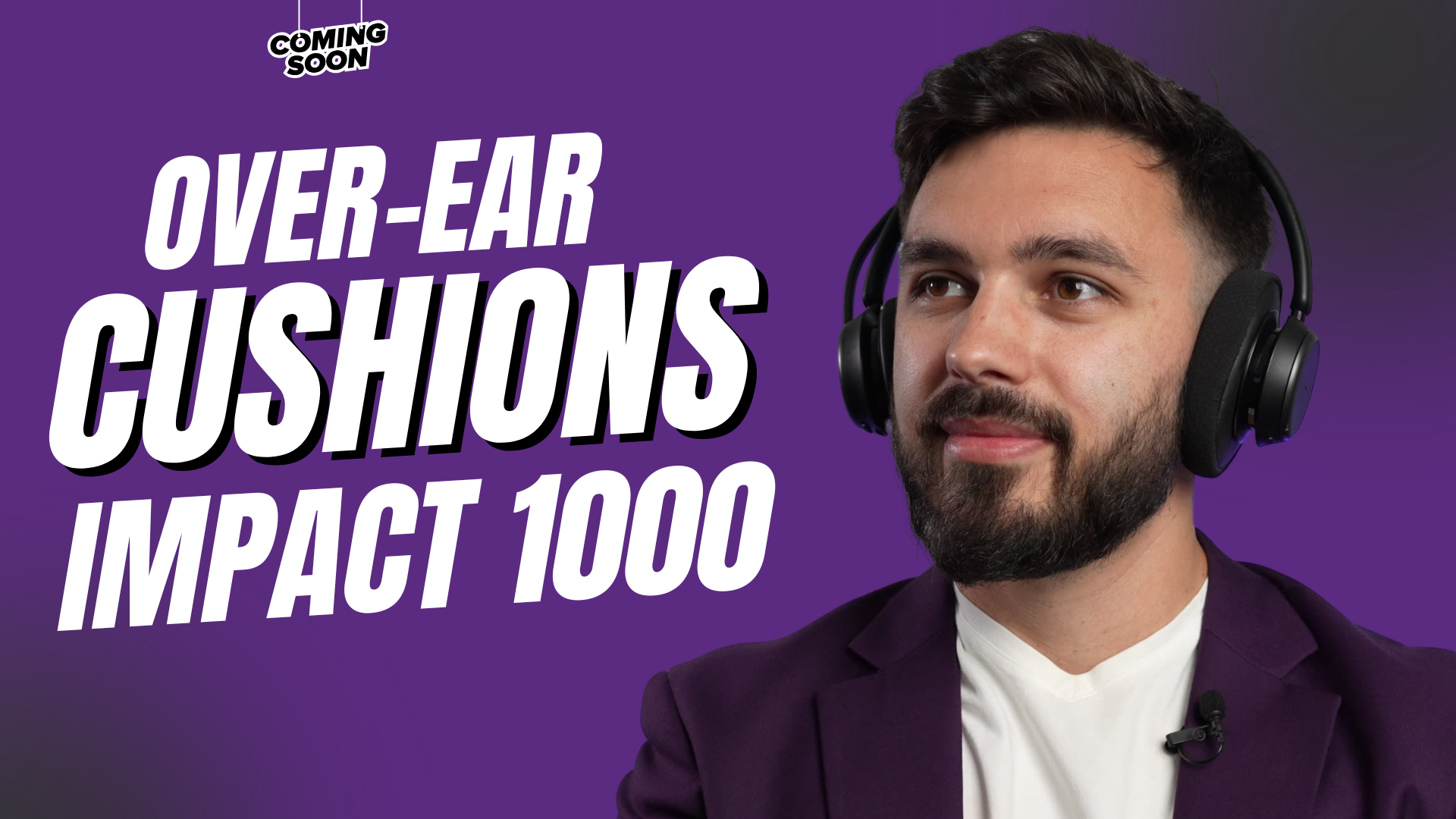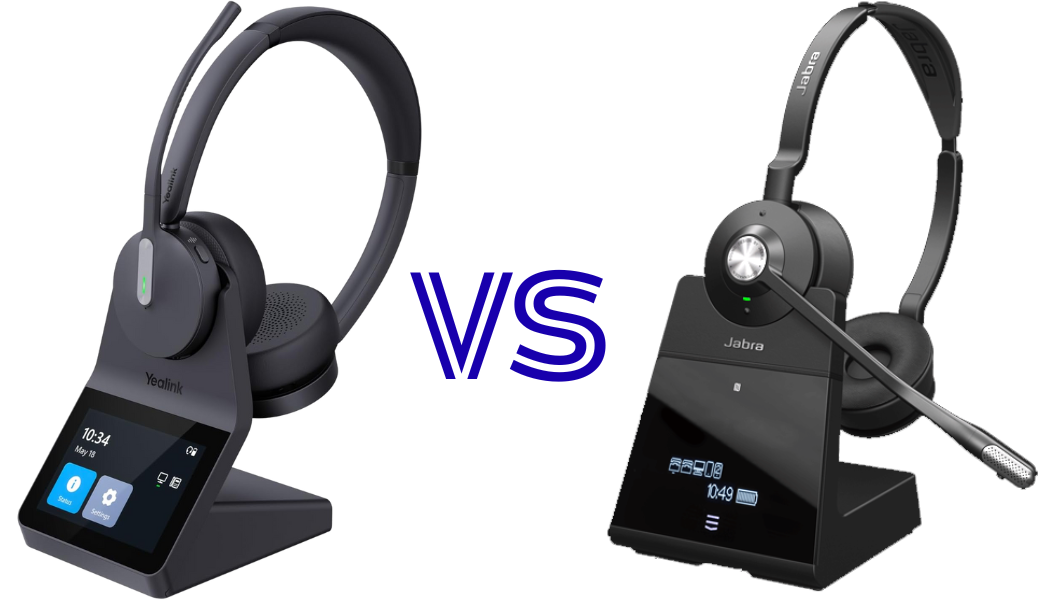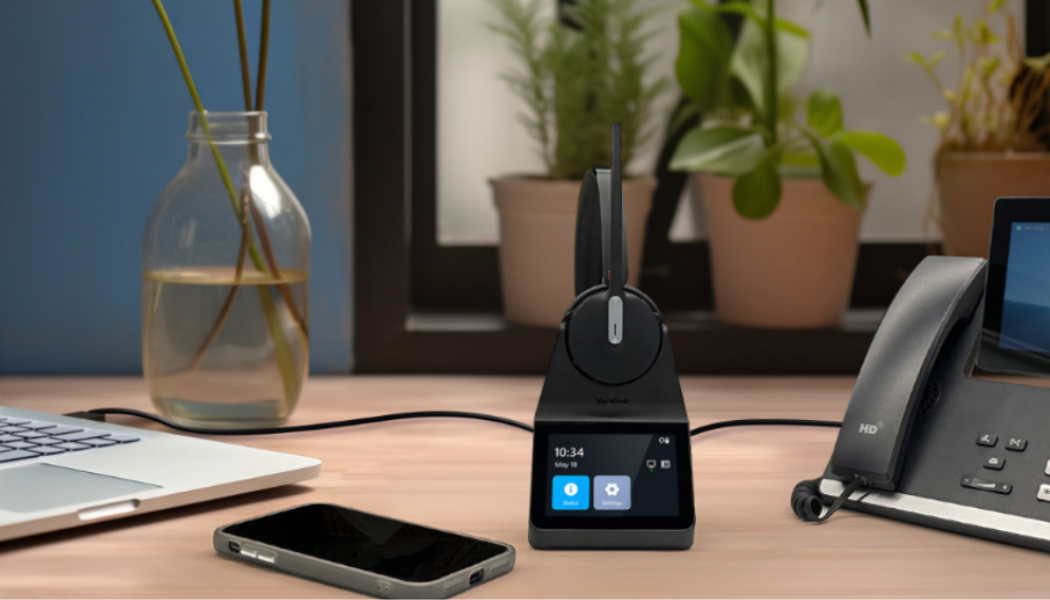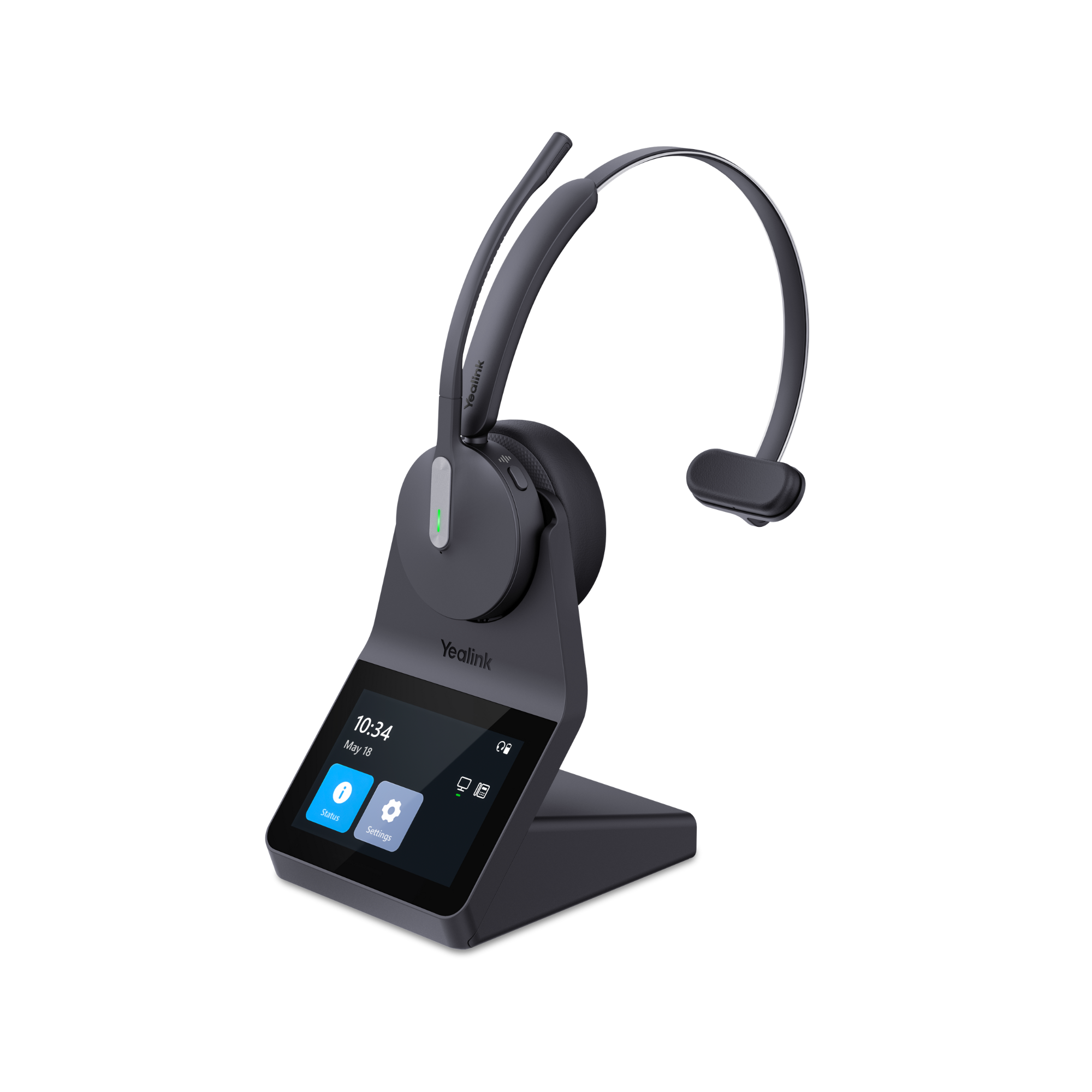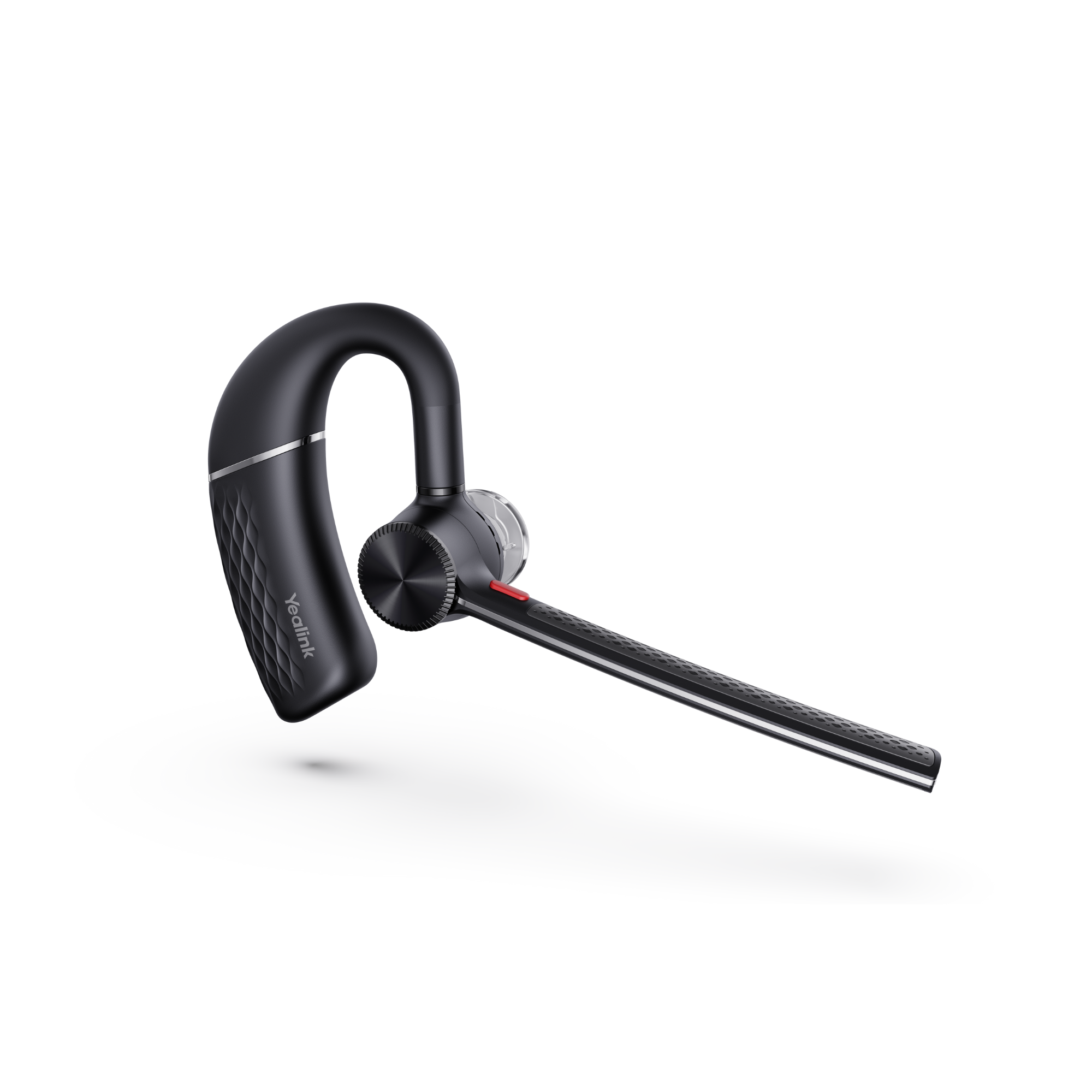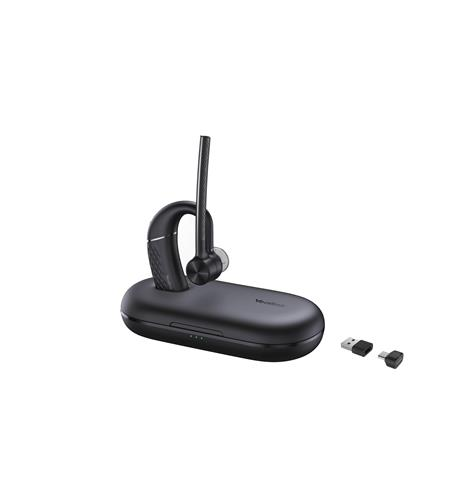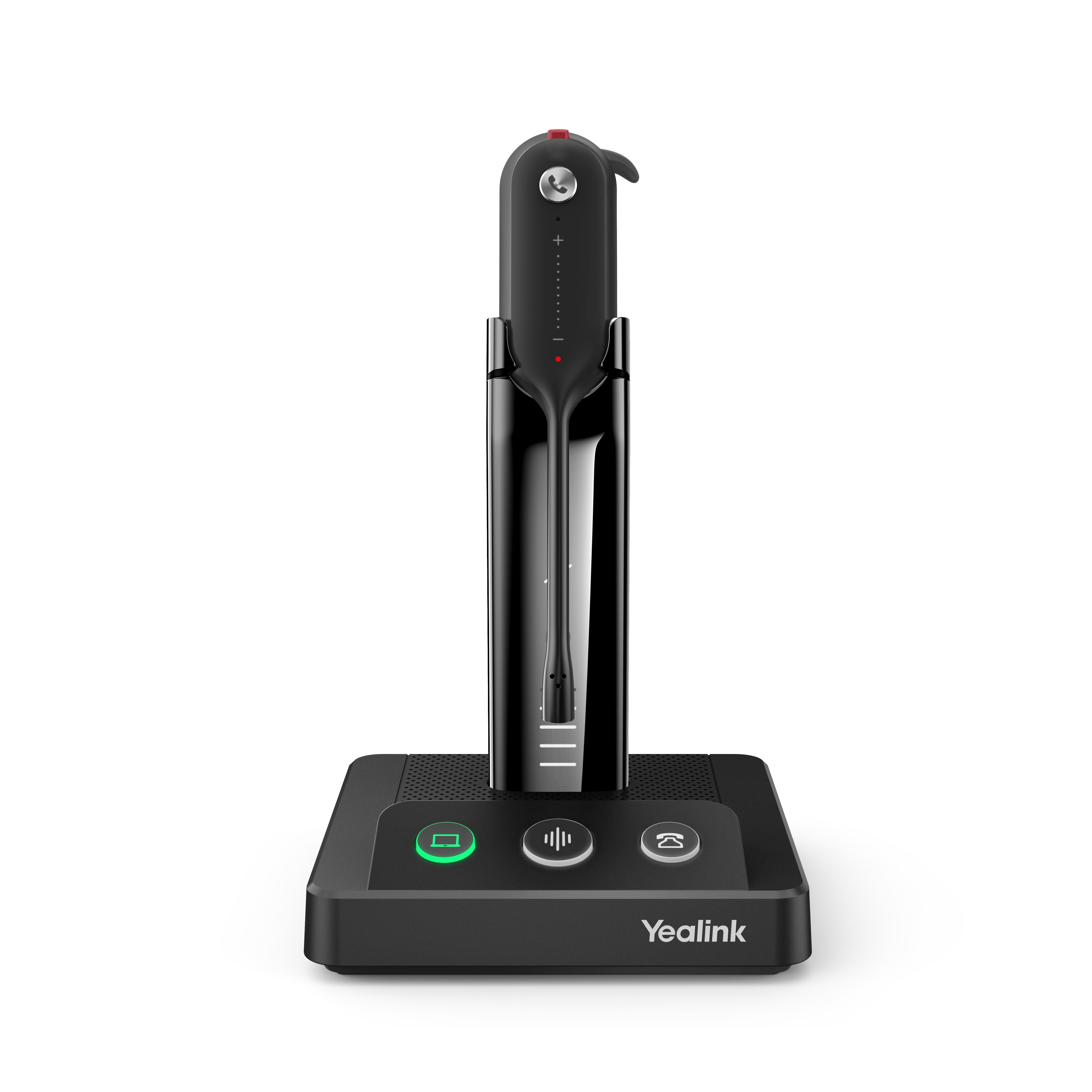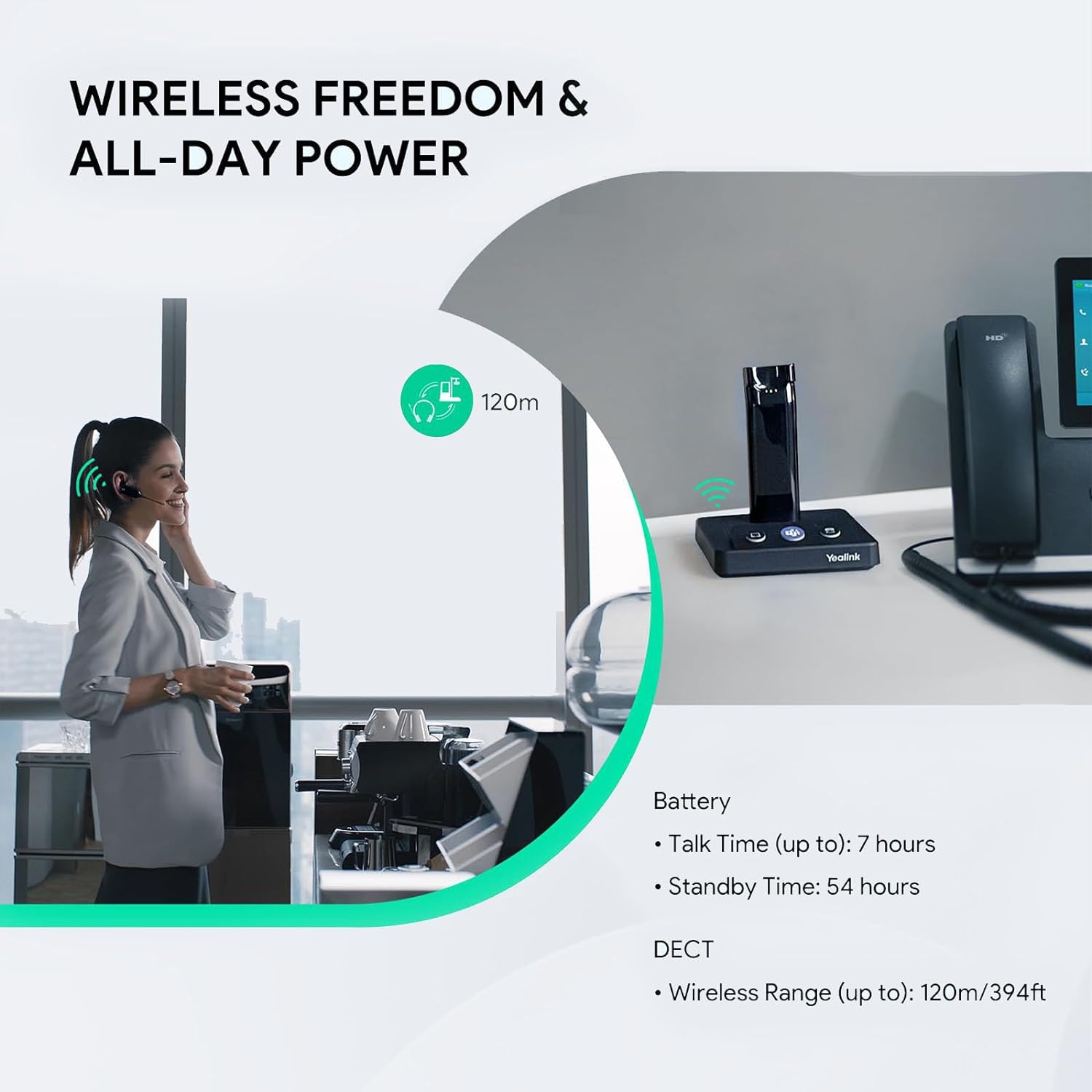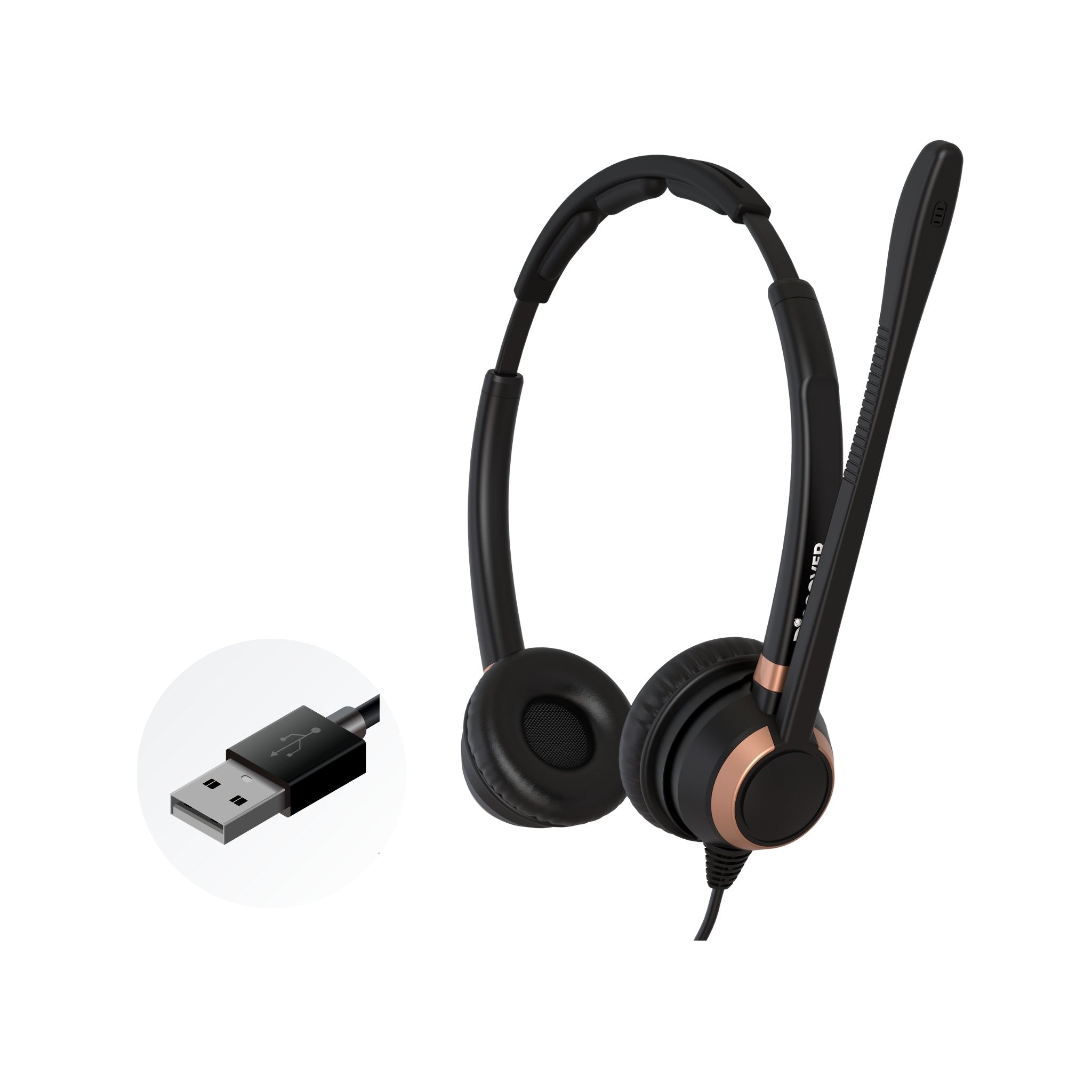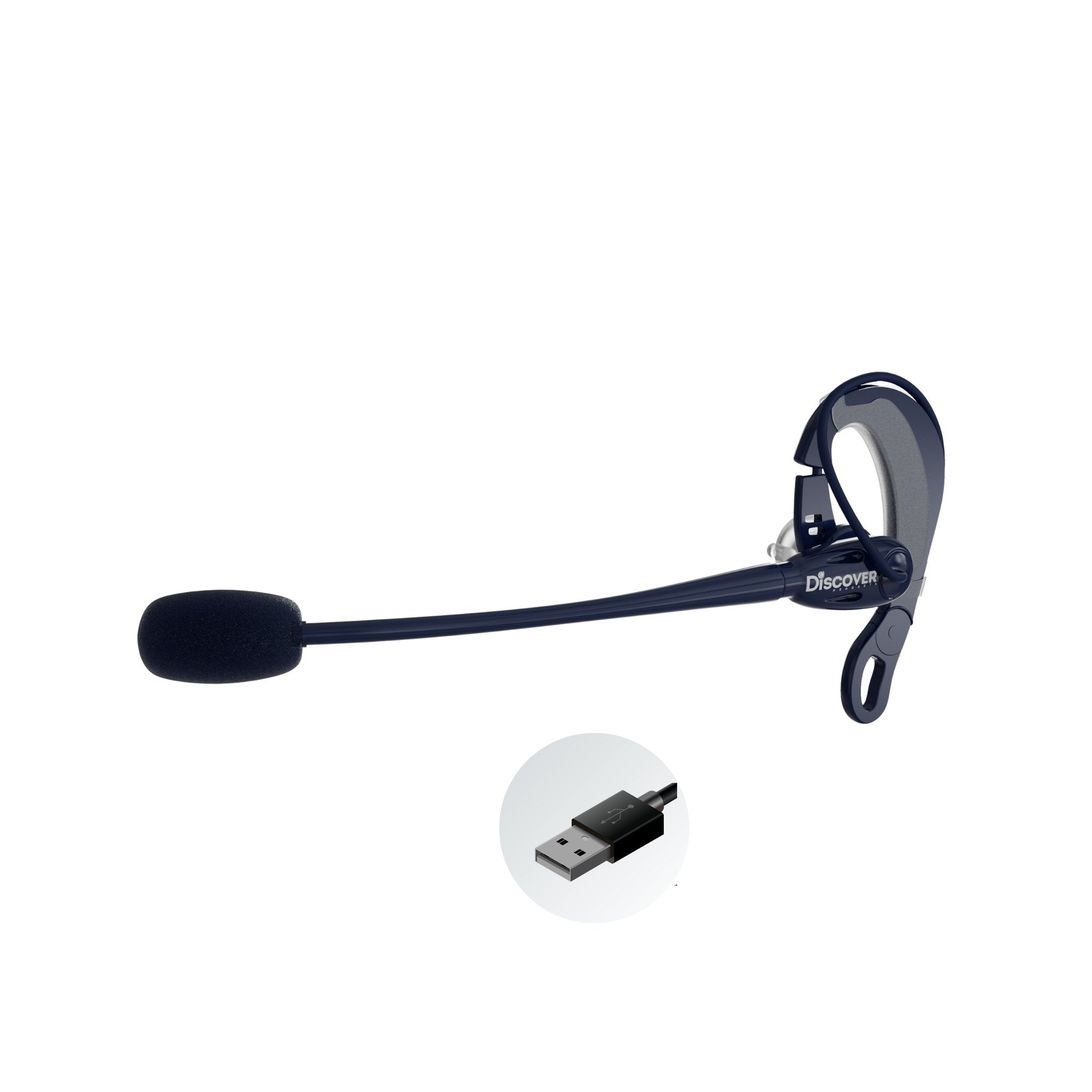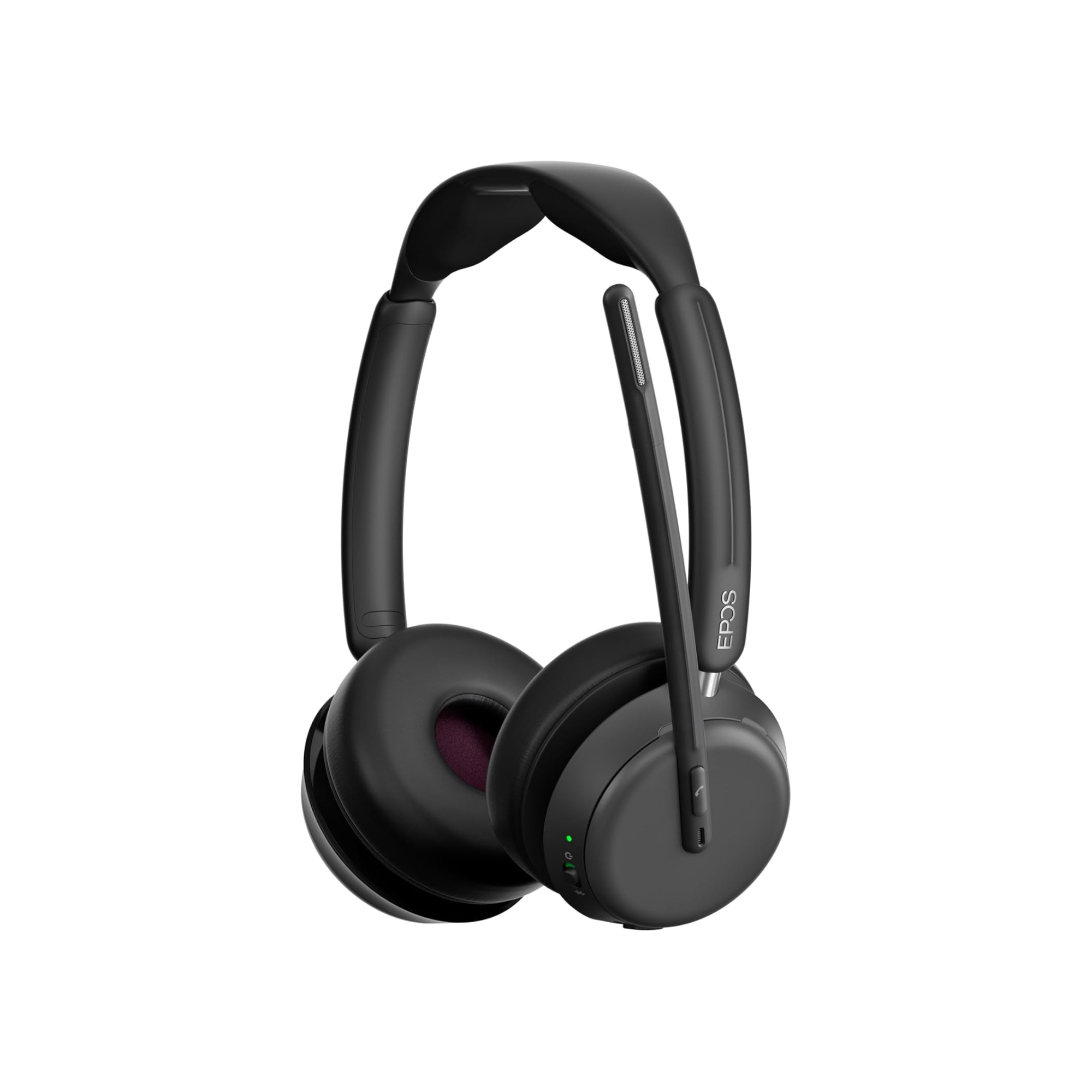If you work in an office that uses headsets, chances are good that you’ve had interactions with your IT team about them.
Maybe you had problems getting your headset setup. That wouldn’t be unusual. Not everyone can figure out how to set them up because there are a number of cables to connect and if it involves a handset lifter, things can get complicated in a hurry.
Maybe you were experiencing static or bad sound quality and couldn’t figure out how to resolve it. We’ve all experienced poor audio quality, and it’s safe to say, nobody likes it. So this could be the situation with a wireless headset, and there are a number of ways to resolve it.
It could even be that something broke, and you needed help getting that corrected. Depending on what broke, it could be a quick and easy fix like a headband for example. Some models have replaceable headbands. On the other hand, say the ear tip housing for the Plantronics CS540 wireless headset broke (which they can easily do), well, this is another matter entirely.
Whatever your reason to reach out to your IT team, it’s great to have those talented, professional people onsite. And though your typical IT professional is skilled at many complex and technical things, the finer points of office headsets aren’t one of them.
This isn’t a knock on IT at all
Headsets are commonly viewed as a low priority item in the technology pecking order and they routinely take a back seat to other more important tech projects,,and rightfully so. After all, if you’re choosing between a network that’s down, or a headset that sounds bad, it’s pretty safe to say that the headset matter will have to wait.
Having provided headsets to business professionals for nearly 30 years, Headset Advisor has interacted with countless businesses and Government Agencies as well as with a lot of IT personnel.
It’s safe to say that not a lot of focus and attention is given to headsets by IT. Still, for many who count on the use of their headsets as a means to enhance work productivity and avoid the health issues created by cradling a phone on the shoulder, a headset is a high priority item.
To be without the use of a headset for a period of time can be very inconvenient and disruptive to many, especially those who work in Call Centers and high call environments.
How things normally go
The normal course of action when someone experiences an issue with a headset, is to contact their IT department.
This could involve submitting a ticket to get into the queue, or just speaking with someone about your issue. No matter the process, this will eventually lead to a personal visit, an email or phone call by one of the IT staff.
Their good intent is to resolve your issue. As good as that intent is, many lack headset knowledge and experience with a broad understanding of them.
And yes, headsets aren’t rocket science, but there are nuances that exist by brand and model. No two headsets are exactly the same as they all have their unique qualities.
Over time, and with a specialized focus, it’s easy to recognize these differences and then become skilled at diagnosing and resolving issues. Something that your typical IT department simply doesn’t have the time, interest nor resources to devote to.
You might have an issue that’s easily resolved. Your IT staff will handle that with ease.
Your situation might be more complicated in which case the IT staff may or may not be able to resolve the issue. If not, their inability to correctly resolve your issue can lead to:
-
A determination that the product is defective and needs to be replaced
2. Unnecessary downtime - inconvenient and frustrating - Decreased productivity - costly
- Unnecessary expense - costly
- Your having to live with the issue - frustrating and counterproductive
IT professionals are generally highly paid professionals, and having them spend a lot of time on headsets simply doesn’t make sense.
It’s expensive support pointed at a product considered low within the technology food chain. Still, help is needed, so how does someone go about getting help with office headset issues, without involving the in-house IT staff?
Seek a second opinion
One idea worth considering is to seek a second opinion from an outside source to confirm that your IT department is providing the appropriate analysis and advice. Though IT is skilled in many areas, headsets aren’t a top priority for most, and their experience and knowledge of them is generally limited.
Where can you go to seek a second opinion?
The headset manufacturer. You can reach out to the manufacturer directly such as to Jabra, Plantronics, Discover Headsets, EPOS or Logitech. These office headset providers offer end user support for their products.
If your IT department is stumped on a solution to your problem, try reaching out to the manufacturer, and you might just find that elusive answer to your exact problem.
Headset Advisor. Having offered wired and wireless office headsets and technical support since 1994, Headset Advisor is a skilled and reputable company that can assist you with your headset questions or needs. The service support is free and you don’t have to be one of their customers in order to get help.
The bottom line
IT departments are extremely valuable to any organization, big or small. They have skills that go light years beyond the skills needed to support office wired and wireless headsets to be sure.
Still, a gap exists between what an office headset user needs in terms of technical support, and what they many times receive. That’s where outside resources can be valuable and, at the same time, take some of the workload off the shoulders of the IT department which are typically backed up with projects.
So, next time you find yourself facing a problem with your headset, and you aren’t satisfied with the answer(s) you received from IT, don’t overlook the idea of seeking help from other sources.
This assumes that your organization allows you to contact outside vendors, and if so, you should end up with a good heaping of confidence knowing that you have the best answer(s) to your exact problem.

